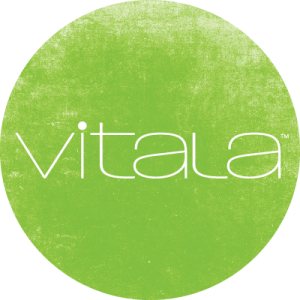Juicing: healthy or just a fad?
Drinking fresh squeezed juices is commonly promoted as a cure-all for your health woes. Proponents claim that juicing predigests the food giving the digestive system a rest, increasing nutrient absorption and helping the body detox. But what does the evidence really say? In this blog post, I’ll weigh the pros and cons of juicing.
Effect of Juices on Blood Sugar
Perhaps the biggest con of juicing is that the vast majority of the fibre is lost in the juicing process. Fibre is really important for digestive health and slows the release of sugar into the bloodstream. Without the fibre, the concentrated sugar in fruit juice cause blood sugar to rapidly spike. The World Health Organization recommends that fruit juice counts as an “added” sugar which we need to watch in our diet.
Energy Intake
Drinking a lot of juice may cause you to unwittingly consume more calories. Research studies indicate that the physical format of the food affects feelings of fullness and food intake, with liquid drinks being less filling than solid foods. For example, drinking apple juice (with or without fiber) prior to lunch did not reduce the number of calories consumed during lunch, but having a whole apple (same amount of calories) reduced lunch calories by 15% and applesauce fell in between with a 6% reduction in caloric intake.
Nutrient Availability
The processing involved in juicing can result in loss of antioxidants. Fruit pulp and peel contain a high level of phytonutrients, so the removal of peel and pulp can cause the loss of these nutrients. Pasteurization can also destroy antioxidants.
Apple juice in particular has been found to have drastically lower levels of antioxidants, with 10% or less of the antioxidant level of fresh apples. The issue with apple juice is that more of the antioxidants are found in the pomace byproduct, not the juice, so that majority of antioxidants are lost.
On the other hand, one study found that drinking vegetable juice was associated with a greater availability of some antioxidants compared to eating whole veggies. The authors hypothesized that the reduced particle size and breakdown of plant cell walls increased availability of antioxidants. This actually fits with the theory that juicing makes food easier to digest and increases nutrient absorption – 1 point for the juicers!
Therefore the amount and availability of antioxidants found in juice vs. whole foods is quite variable, depending on the type of juice and the processing method employed.
Juice Cleanses
If I simply shut off my brain while surfing the web on the “benefits” of juices, I would think that a juice cleanse would purge my body of a build-up of toxins, leaving me refreshed and reenergized. While it all sounds very nice, as far as I can tell none of these claims appear to be backed by scientific evidence. As Darya Ross points out on her blog “Summer Tomato”, searching the scientific literature for a juice cleanse turns up pretty much nothing, except an unrelated article on “using a nasogastric tube”!
Making Your Own Juice
Preparing your own juice is a good way to incorporate fruits and veggies while they’re at their freshest into your diet. You can also choose to include more of the pulp, giving you more fiber. The downside to preparing your own fresh juices is the decreased shelf life. Fresh juice needs to be consumed shortly after preparing as it has increased susceptibility to being contaminated with harmful bacteria.
Take Home
It’s clear that we need to eat more fruits and veggies, and while juice can help us increase our intake of these foods and provide important antioxidants, the downside is the loss of fiber. Beware of having too many fruit juices which take your blood sugar on a roller coaster ride. When purchasing fruit and veggie juice, look for 100% juice and avoid those with added sugar.
Overall, I see fruit and veggie juices as refreshing beverages with some nutritional benefits (antioxidants), but it’s still best to eat mostly whole fruits and vegetables.
